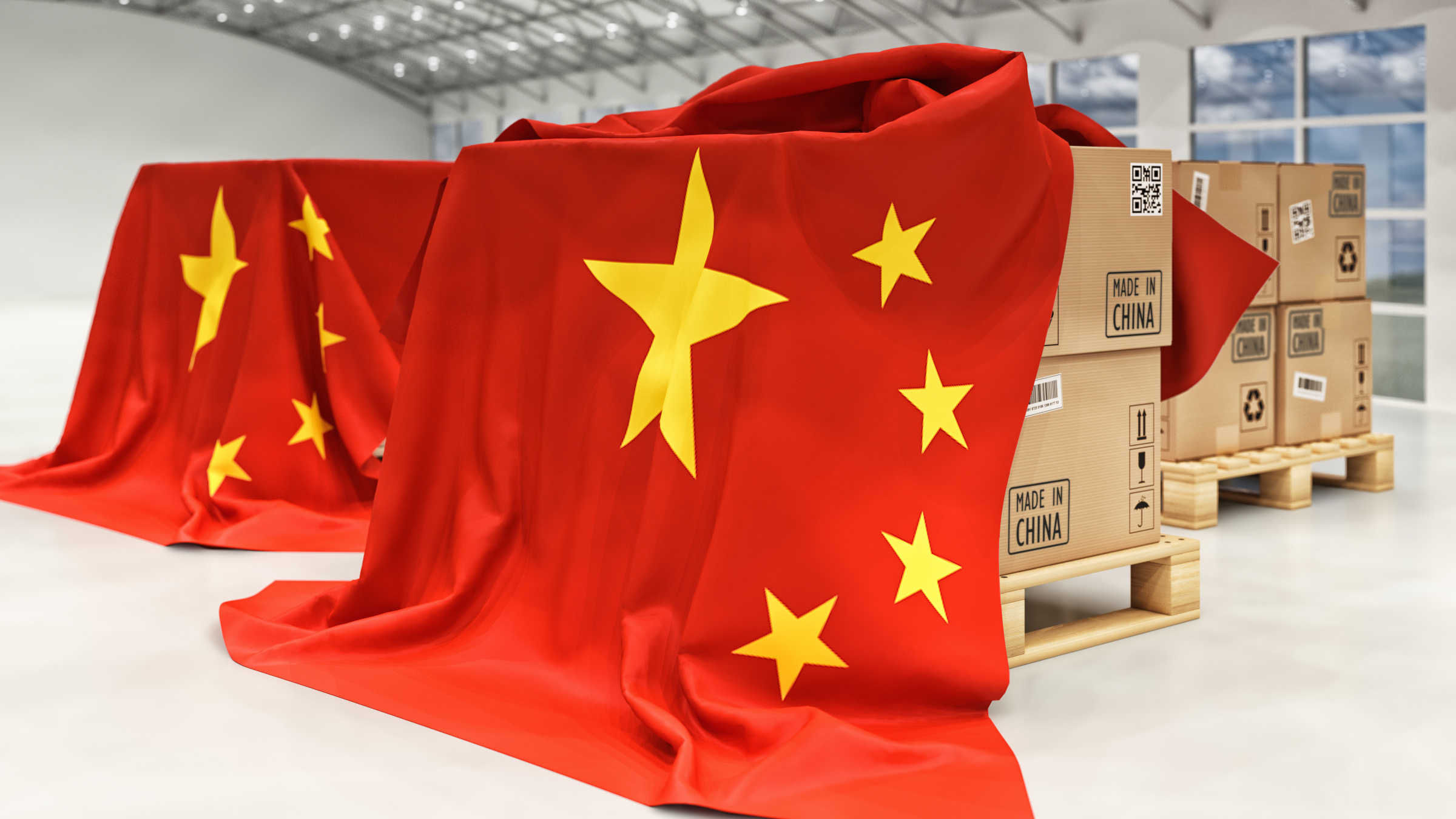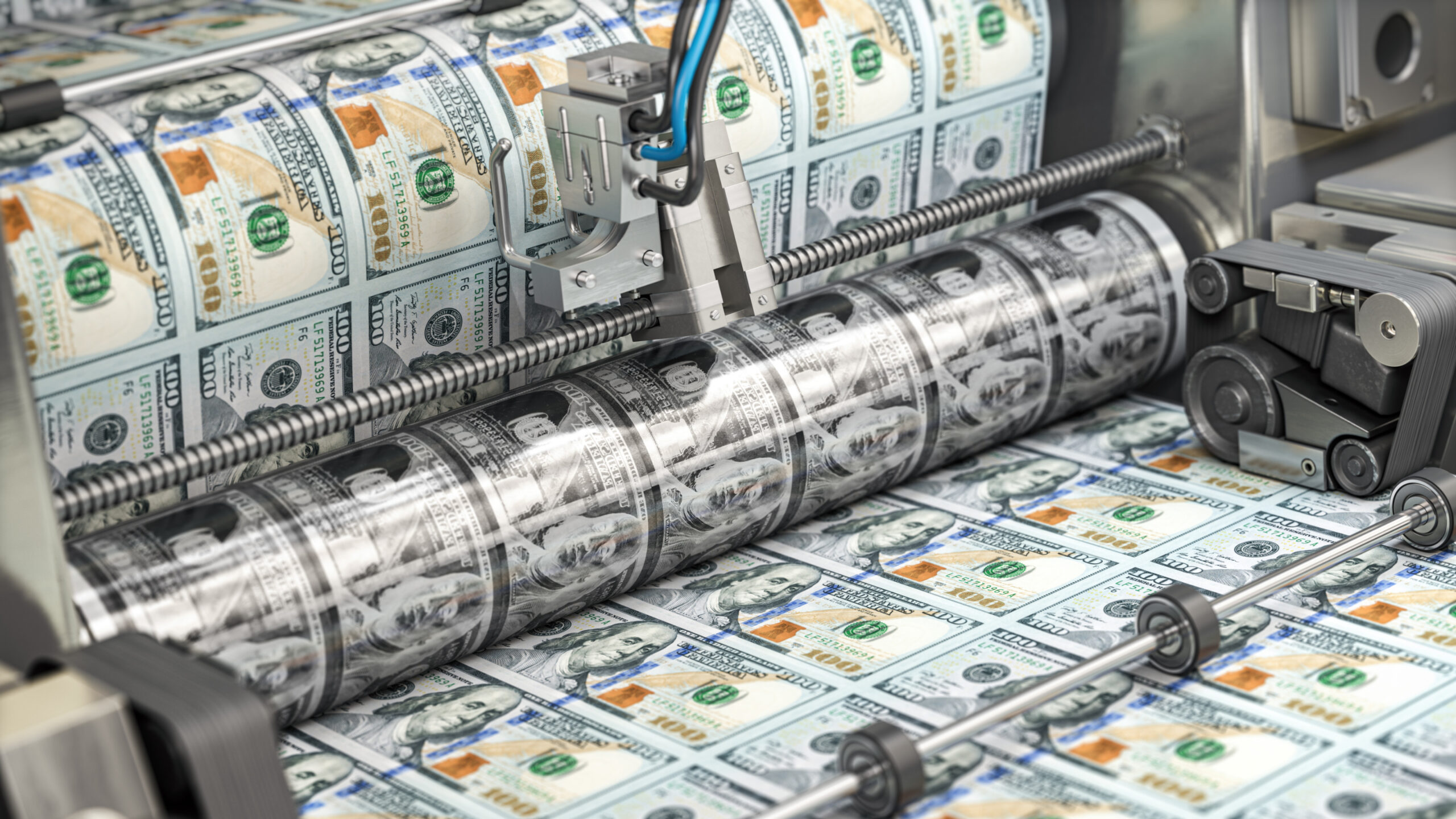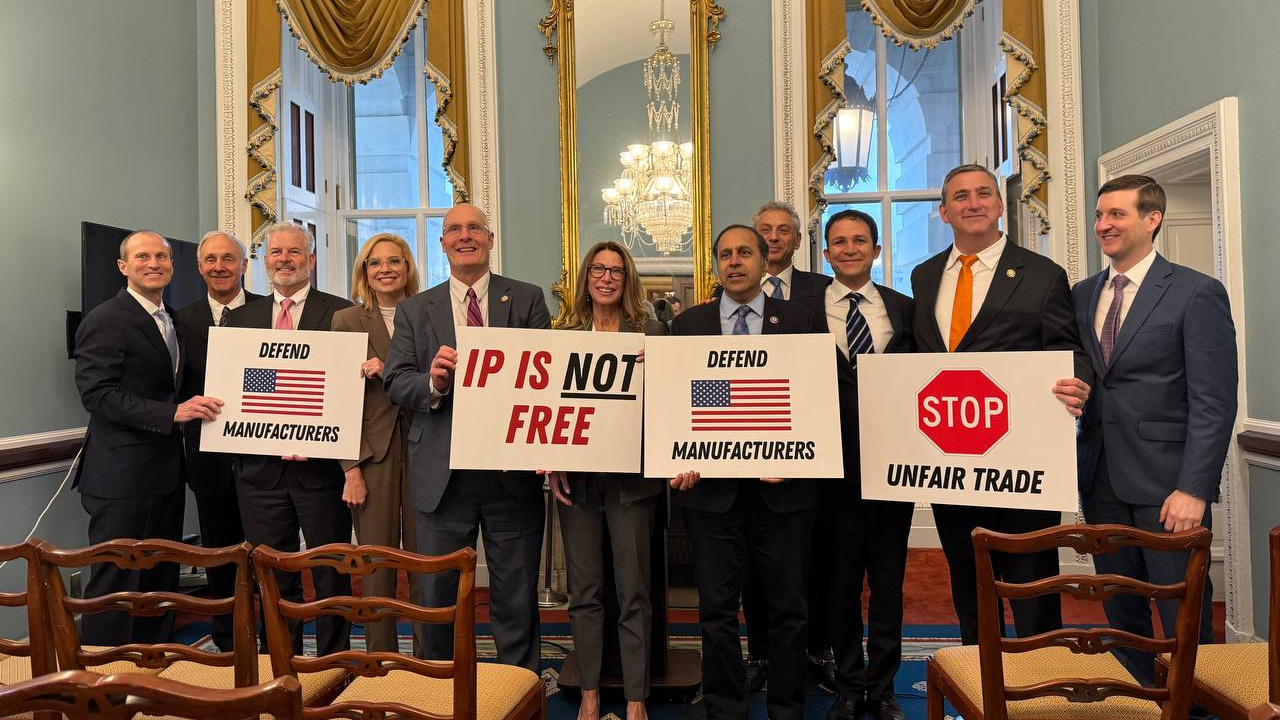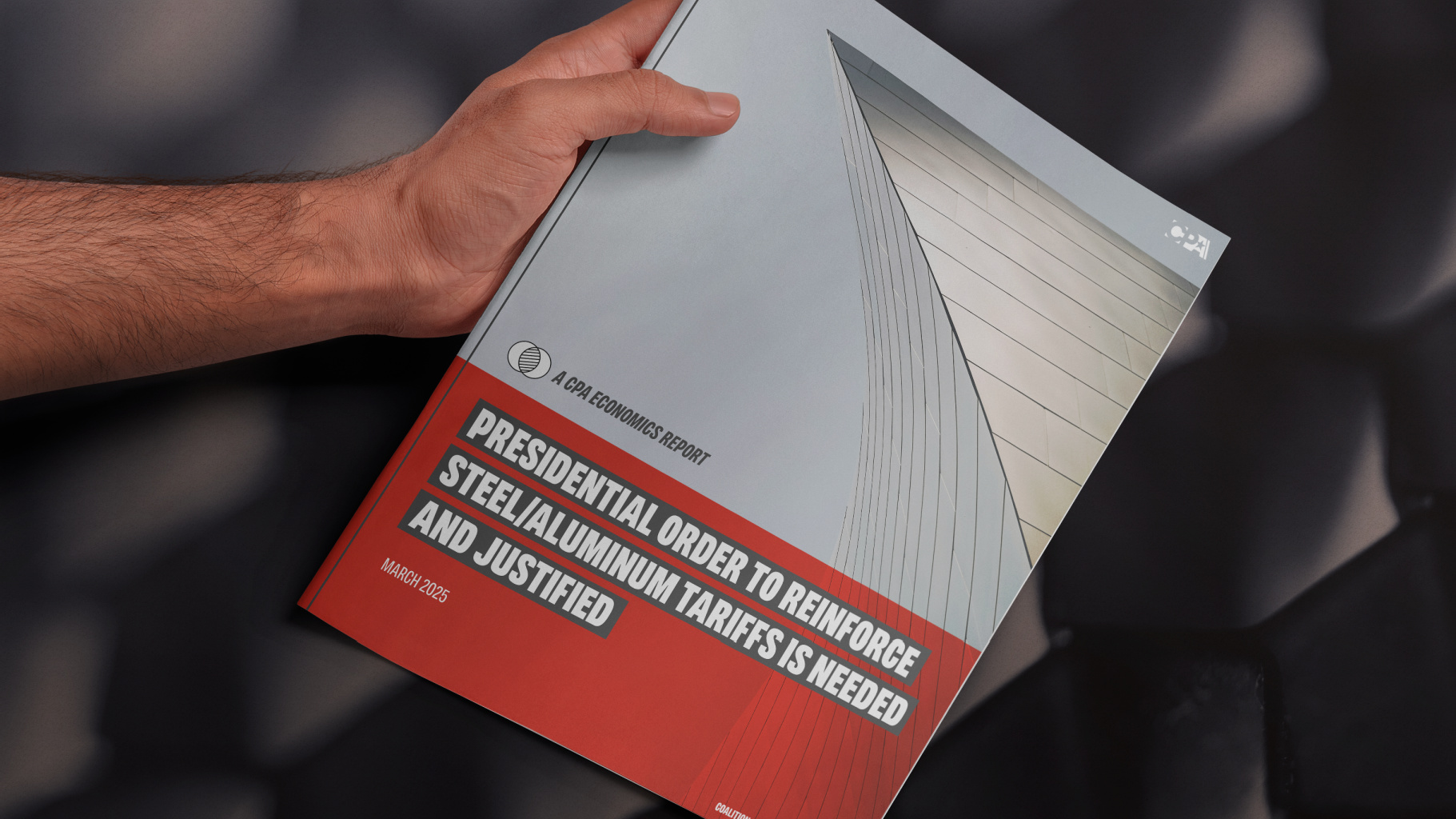Excerpt: America’s small businesses, our machinists, die-casters, plastic injection molders, electronics parts suppliers, and others are eager to get to work providing the medical equipment the nation needs but the companies that hold the patents and process patents for this equipment need to open up and ask for bids.
The Wuhan coronavirus has laid bare America’s dependence on Communist China for critical medical supplies, from pharmaceuticals, facemasks and hospital gowns, to medical ventilators.
[Curtis Ellis | March 25, 2020 | AM Greatness]
Don’t matter where you are
Everybody’s gonna need a ventilator
— “Ventilator Blues” Keith Richards, Mick Jagger, Mick Taylor
The Wuhan coronavirus has laid bare America’s dependence on Communist China for critical medical supplies, from pharmaceuticals, facemasks and hospital gowns, to medical ventilators.
Besides suffering from the Wuhan virus, America has a bad case of the ventilator blues. That’s not just a track from the Rolling Stones’ classic “Exile on Main Street”—it’s the zeitgeist from New York to Detroit and Washington (state and District of Columbia).
New York Governor Andrew Cuomo says his state alone needs 30,000 breathing machines for intensive care units.
The FDA changed regulations to clear bottlenecks in the design and production and there’s talk of automakers retooling to produce ventilators.
“GM is working to help find solutions for the nation during this difficult time and has offered to help, and we are already studying how we can potentially support production of medical equipment like ventilators,” a GM spokeswoman toldAutomotive News.
Bill Ford, the head of Ford Motor Company, told NBC’s “Today Show” his company is working with GE to make ventilators “as fast as we can.”
But that’s not fast enough for some. New York’s Cuomo is the loudest, but not the only, voice calling on the Trump Administration to invoke the Defense Production Act to speed the manufacture and delivery of the machines.
The mobilization of private industry to counter the Wuhan coronavirus harks back to World War II when industry repurposed assembly lines to turn out machine guns and other war materiel.
There are similarities and key differences with our situation today.
In World War II, the government essentially took over the factories producing goods for which there was only one customer—the U.S. government.
Today, four of the largest ventilator manufacturers in the world have some production located in the United States: Philips Healthcare, Allied Healthcare, Medtronics, and GE Healthcare.
But actual long-time suppliers to these ventilator manufacturers are seeing no plans for rapid increases in output. And the Michigan automotive suppliers association has seen no evidence whatsoever that members have been asked by automakers to retool to make ventilator parts.
Phillips has a plant in Pittsburgh and says it’s hiring an additional 50 employees to double the production of respirators from 1,000 to 2,000 in the next eight weeks.
“And after those two months we want to double it again,” a company spokesman says. “For this we are dependent on our network of suppliers,” the Dutch newspaper NRC reports.
But even if Phillips quadrupled its production, it would be nowhere near enough to handle the need in the United States. Meanwhile, the Netherlands has ordered 2,000 respirators, and other countries are buying all the respirators and other medical supplies they can lay their hands on.
Phillips is concerned the Trump Administration could use the Defense Production Act to take the respirators it’s currently producing for export to Europe.
While know-nothing globalists chant “viruses don’t respect borders, we’re all in this fight together,” reality bites. Global Trade Alert reports 54 governments around the world have imposed export restrictions on medical supplies and drugs in response to the pandemic. (The United States has no export restrictions.)
The list includes allies such as the United Kingdom, Germany, France, Italy and other countries in Europe. Half of the world’s ventilator producers are located in the EU and are not available to the United States because of export restrictions.
Then there are the parts that go into a respirator.
“Every respirator maker in the world is looking for parts, and they all come from the same suppliers,” Emergency Care Research Institute director Marcus Schabacker tells the New York Times.
And many of those parts suppliers are in Europe and Asia.
The circuit boards that go into Philips respirators are made in China. One of Phillips’ long time suppliers reports the Pittsburgh line was shut down for several days because of a lack of circuit boards. The company didn’t have a second source in the United States.
Circuit boards aren’t the only problem. It seems the overwhelming majority of Phillips’ part suppliers—providing such things as plastic enclosures, filters, plastic tubing—are short on stock. That’s according to Phillips’ buyer.
Meanwhile, Medtronics, another respirator manufacturer, has problems as well. A European outsourcing conglomerate manages Medtronics’ supply-chain acquisitions. It issued a request for price quotes on 11,000 different ventilator parts and components.
However, the RFP failed to include specifications, blueprints or drawings for the parts. Not a single design or specification was provided for even one of the 11,000 parts.
It’s hard to provide a price quote when you don’t know exactly what you’re supposed to be making.
The long and short of it is existing supply chains are nowhere near able to meet the short-term demand.
A reasonable person might suspect these companies are hiding or covering up their supply capacity, or are merely going through the motions to appear they are interested in ramping up production while trying to protect existing production chains. Or they are truly incompetent.
Our friends at Phillips give us a hint at what else may be going on here.
“Philips director Frans van Houten met with ‘the main competitors’ over the phone last weekend, says Philips spokesperson Klink, ‘To discuss how we can scale up together,’” NRC reports.
We have a name for “competitors” who “discuss how we can scale up together”—it’s called a cartel.
Which brings us back to World War II.
Transforming America into “the arsenal of democracy” required breaking up cartels that controlled critical industries.
In May of 1940, President Roosevelt set a target of building fifty thousand planes a year. That required a lot of aluminum, and the metal was under the control of one company, a monopoly, Alcoa.
By November 1940, a shortage of aluminum forced Northrop Aircraft Company to cut hours by 20 percent. Six months later, Boeing ceased bomber production because of inadequate aluminum supplies.
Alcoa was attacked for keeping supplies down in order to keep prices up.
The government stepped in to expand desperately needed supplies.
The federal government loaned millions to an upstart in the aluminum foil business named Richard S. Reynolds. He was happy to provide as much aluminum to build aircraft as needed. America met Roosevelt’s target in 1942 and doubled it two years later.
The government also pushed to break up cartels, forcing giants like Standard Oil to license their patents for all to use.
The lesson: the federal government can use its purchasing, financing and legal powers to promote competition and make America manufacturing great again.
America’s small businesses, our machinists, die-casters, plastic injection molders, electronics parts suppliers, and others are eager to get to work providing the medical equipment the nation needsbut the companies that hold the patents and process patents for this equipment need to open up and ask for bids.
Thanks to “Goliath” by Matt Stoller for recounting the role of anti-monopolists in building the arsenal of democracy.
Read the original article here.












